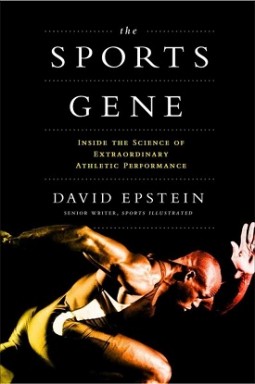Fireproofing Mountain Homes (starts at 3:20) We discuss a new study from the Rocky Mountain Research Station in Missoula, Montana. It warns that thinning forests may help prevent property damage from the “typical” wildfires, fire suppression can’t stand up against the 3% of fires that burn super-hot and spread super fast. What’s more, the Missoula study warns that superhot wildfires are just the ones that burn the most homes. The researchers conclude that the main responsibility for preventing home destruction from wildfires, lies with homeowners rather than public land managers. They say that homeowners should do more to design homes that stand up to a super wildfire. To find out ways to to that, we talk with Disaster Safety Senior Scientist Steve Quarles, who is with an insurance industry funded fire prevention think tank. Quarles says that small changes in home building can reduce the chance that tiny, glowing embers blowing in the wind, will get in under the eaves and turn into a raging fire that burns down a house.
 Winter Solstice (starts at 13:44) As a chart of sunrise and sunset makes clear, although the shortest day of the year is at the winter solstice, the latest sunrise occurs *after* the solstice and the earliest sunset occurs *before* the solstice… The sunset is going to get later faster and faster now, while the sunset time is going to also get later until after the solstice, then start creeping earlier. What’s going on here? How on Earth’s Jim Pullen explains.
Winter Solstice (starts at 13:44) As a chart of sunrise and sunset makes clear, although the shortest day of the year is at the winter solstice, the latest sunrise occurs *after* the solstice and the earliest sunset occurs *before* the solstice… The sunset is going to get later faster and faster now, while the sunset time is going to also get later until after the solstice, then start creeping earlier. What’s going on here? How on Earth’s Jim Pullen explains.
Hosts: Shelley Schlender, Jim Pullen
Producer: Shelley Schlender
Engineer: Jim Pullen
Executive Producer: Beth Bartel
Listen to the show:
Podcast: Play in new window | Download (Duration: 24:51 — 22.8MB)
Subscribe: RSS

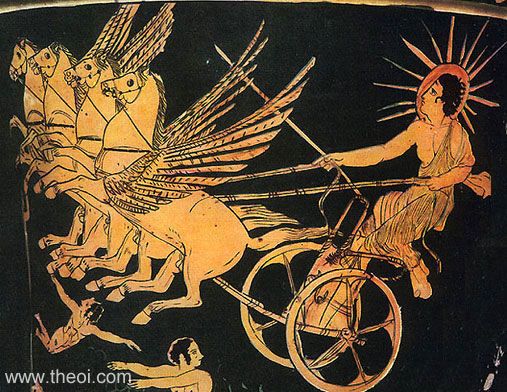


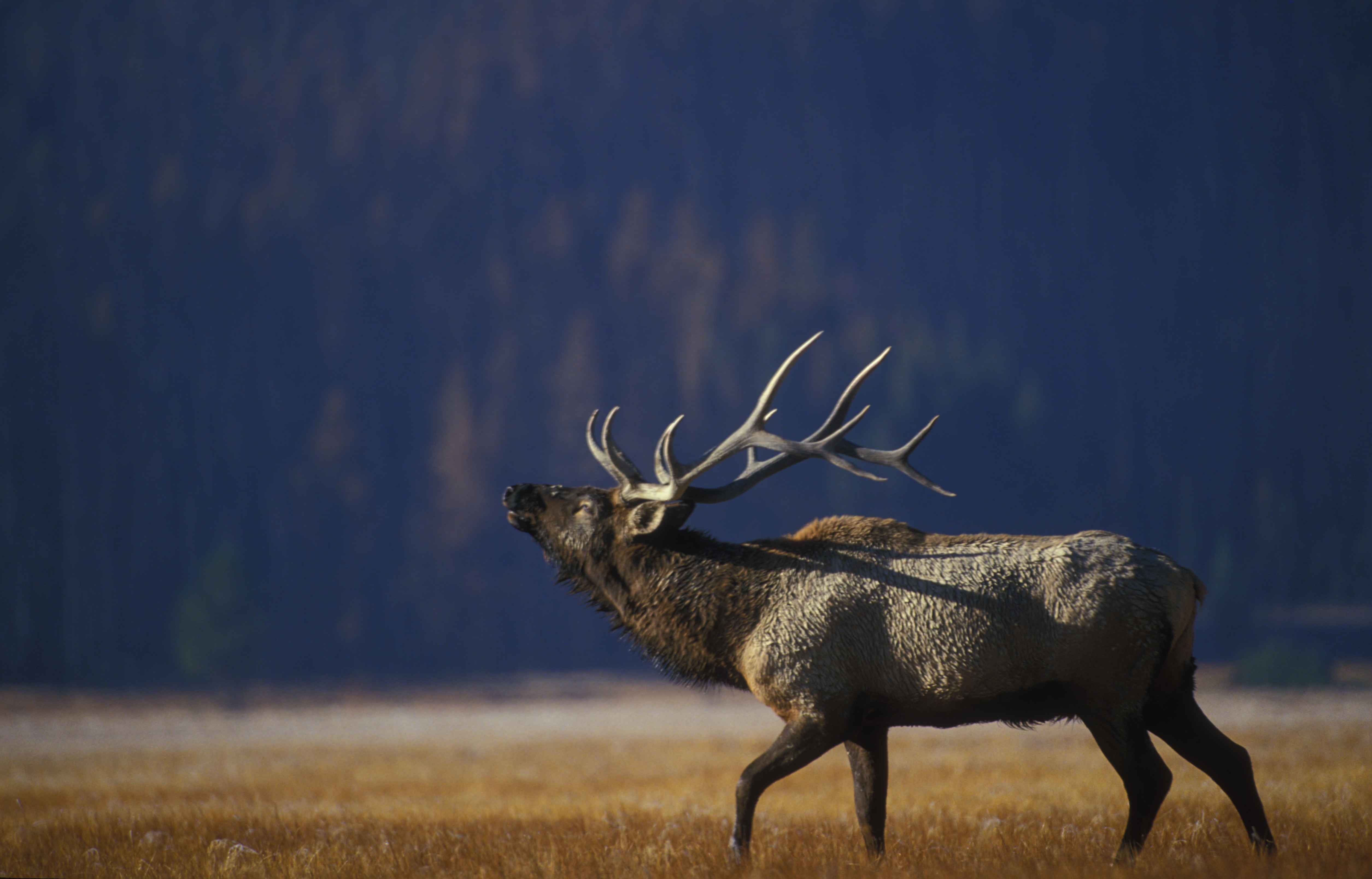
 Big Game and Climate Change (start time 5:00) Last week, the National Resource Council released some serious warnings about
Big Game and Climate Change (start time 5:00) Last week, the National Resource Council released some serious warnings about 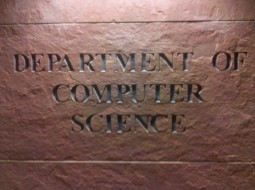 Hour of Code (start time 12:30) Coding is not just a magic trick where ones and zeros make
Hour of Code (start time 12:30) Coding is not just a magic trick where ones and zeros make 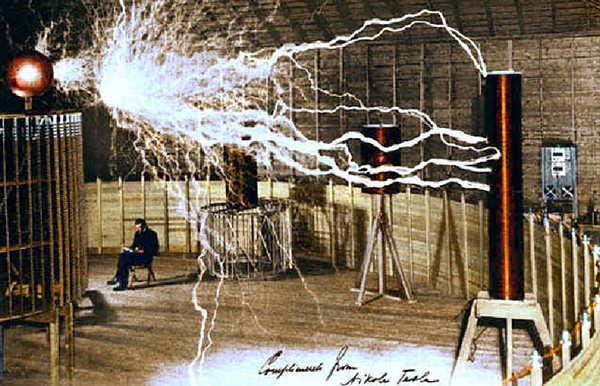
 Feature 1 – Tesla (start time 5:30) Nicola Tesla is one of the iconic figures of the early electrical age. He invented AC motor technology still used today in your DVD player and also polyphase AC power. He was a brilliant demonstrator, whose images of flowers of lightning growing from his inventions and portraits of his friend Mark Twain, illuminated by Tesla’s fluorescent bulbs, are still familiar today. He worked with and fought with the mighty JP Morgan and wireless radio great Marconi. He is a figure of mystery, who many believe presaged death rays and infinite and free energy for everyone on earth. Biographer
Feature 1 – Tesla (start time 5:30) Nicola Tesla is one of the iconic figures of the early electrical age. He invented AC motor technology still used today in your DVD player and also polyphase AC power. He was a brilliant demonstrator, whose images of flowers of lightning growing from his inventions and portraits of his friend Mark Twain, illuminated by Tesla’s fluorescent bulbs, are still familiar today. He worked with and fought with the mighty JP Morgan and wireless radio great Marconi. He is a figure of mystery, who many believe presaged death rays and infinite and free energy for everyone on earth. Biographer  Feature 2 – Octopus! (start time 14:35) If you doubt that the Octopus may be the most mysterious creature in the sea – consider this – an octopus has three hearts, eight arms, camouflaging skin, and some of them can figure out ways to do things that many humans can’t – such as getting the lid off of a child-proof bottle. Longmont resident
Feature 2 – Octopus! (start time 14:35) If you doubt that the Octopus may be the most mysterious creature in the sea – consider this – an octopus has three hearts, eight arms, camouflaging skin, and some of them can figure out ways to do things that many humans can’t – such as getting the lid off of a child-proof bottle. Longmont resident 
 Feature #1: (start time 5:53) STEM, as you may well know, stands for
Feature #1: (start time 5:53) STEM, as you may well know, stands for 
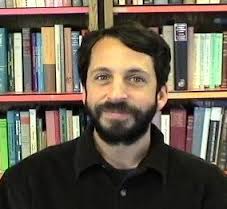

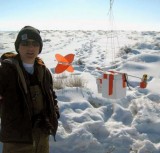




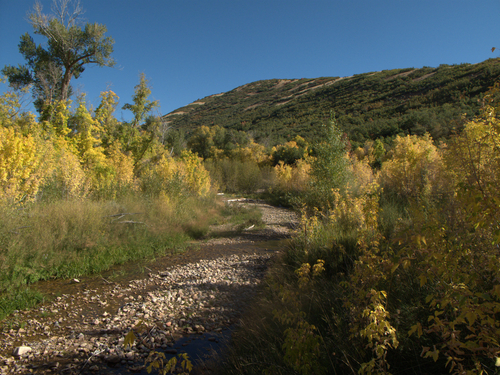


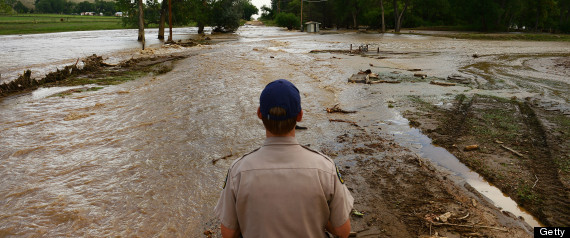
 Feature 1 – Flood Winners & Losers : Last month’s deluge cut canyons, real and felt, through many of our lives, but nature helps us remember that floods can build too. In this feature, How on Earth’s Jim Pullen speaks with Boulder’s wetland and riparian ecologist Marianne Giolitto about flood “winners and losers”. Marianne watches over 45,000 acres of the city’s open space and mountain parks wetlands and riparian habitats. Jim and the Boulder Open Space and Mountain Parks are working together on a
Feature 1 – Flood Winners & Losers : Last month’s deluge cut canyons, real and felt, through many of our lives, but nature helps us remember that floods can build too. In this feature, How on Earth’s Jim Pullen speaks with Boulder’s wetland and riparian ecologist Marianne Giolitto about flood “winners and losers”. Marianne watches over 45,000 acres of the city’s open space and mountain parks wetlands and riparian habitats. Jim and the Boulder Open Space and Mountain Parks are working together on a  Feature 2 – 100 Year Starship Symposium :
Feature 2 – 100 Year Starship Symposium : 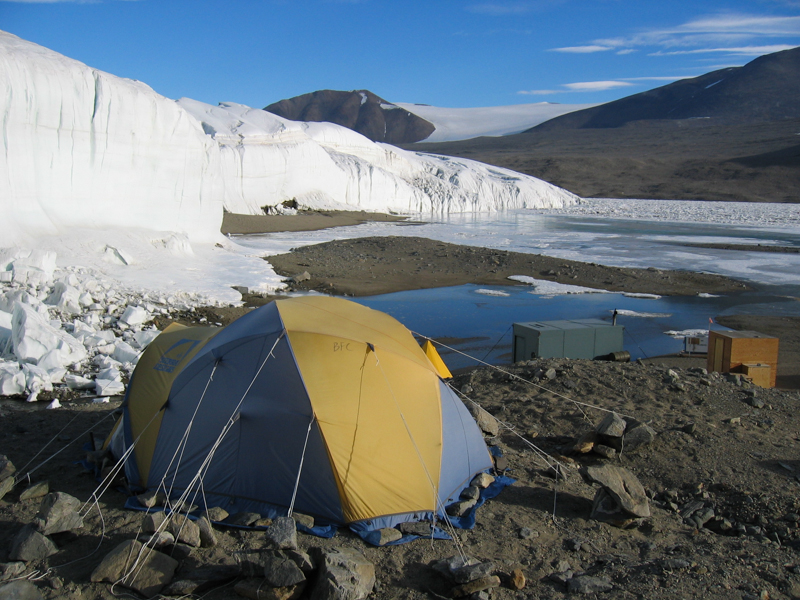

 Feature 2 – The Cancer Chronicles (start time 12:22): In his new book,
Feature 2 – The Cancer Chronicles (start time 12:22): In his new book, 
